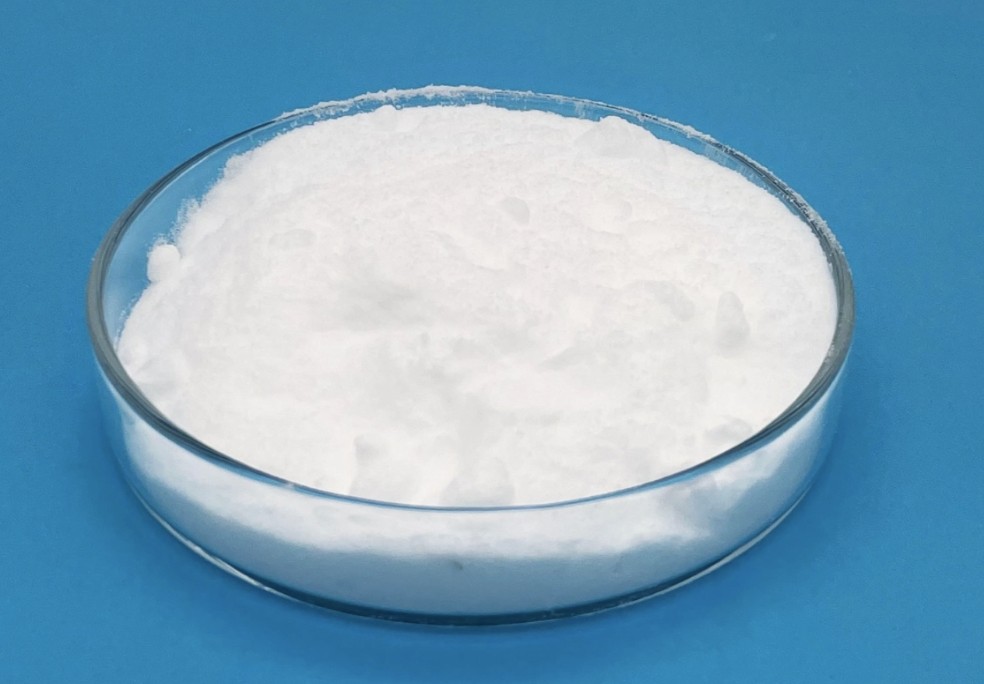Bupivacaine hydrochloride (anhydrous) is a racemate composed of equimolar amounts of dextrobupivacaine hydrochloride and levobupivacaine hydrochloride. The monohydrate form is commonly used as a local anaesthetic. It has a role as an adrenergic antagonist, an amphiphile, an EC 3.1.1.8 (cholinesterase) Inhibitor, an EC 3.6.3.8 (Ca(2+)-transporting ATPase) inhibitor and a local anaesthetic. It contains a levobupivacaine hydrochloride (anhydrous), a dextrobupivacaine hydrochloride (anhydrous) and a bupivacaine(1+).
Bupivacaine Hydrochloride is available in sterile isotonic solutions with and without epinephrine (as bitartrate) 1:200,000 for injection via local infiltration, peripheral nerve block, and caudal and lumbar epidural blocks. Solutions of Bupivacaine Hydrochloride may be autoclaved if they do not contain epinephrine. Solutions are clear and colorless.
Bupivacaine is related chemically and pharmacologically to the aminoacyl local anesthetics. It is a homologue of mepivacaine and is chemically related to lidocaine. All three of these anesthetics contain an amide linkage between the aromatic nucleus and the amino, or piperidine group. They differ in this respect from the procaine-type local anesthetics, which have an ester linkage.






















